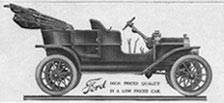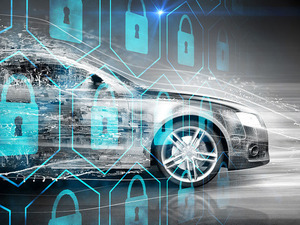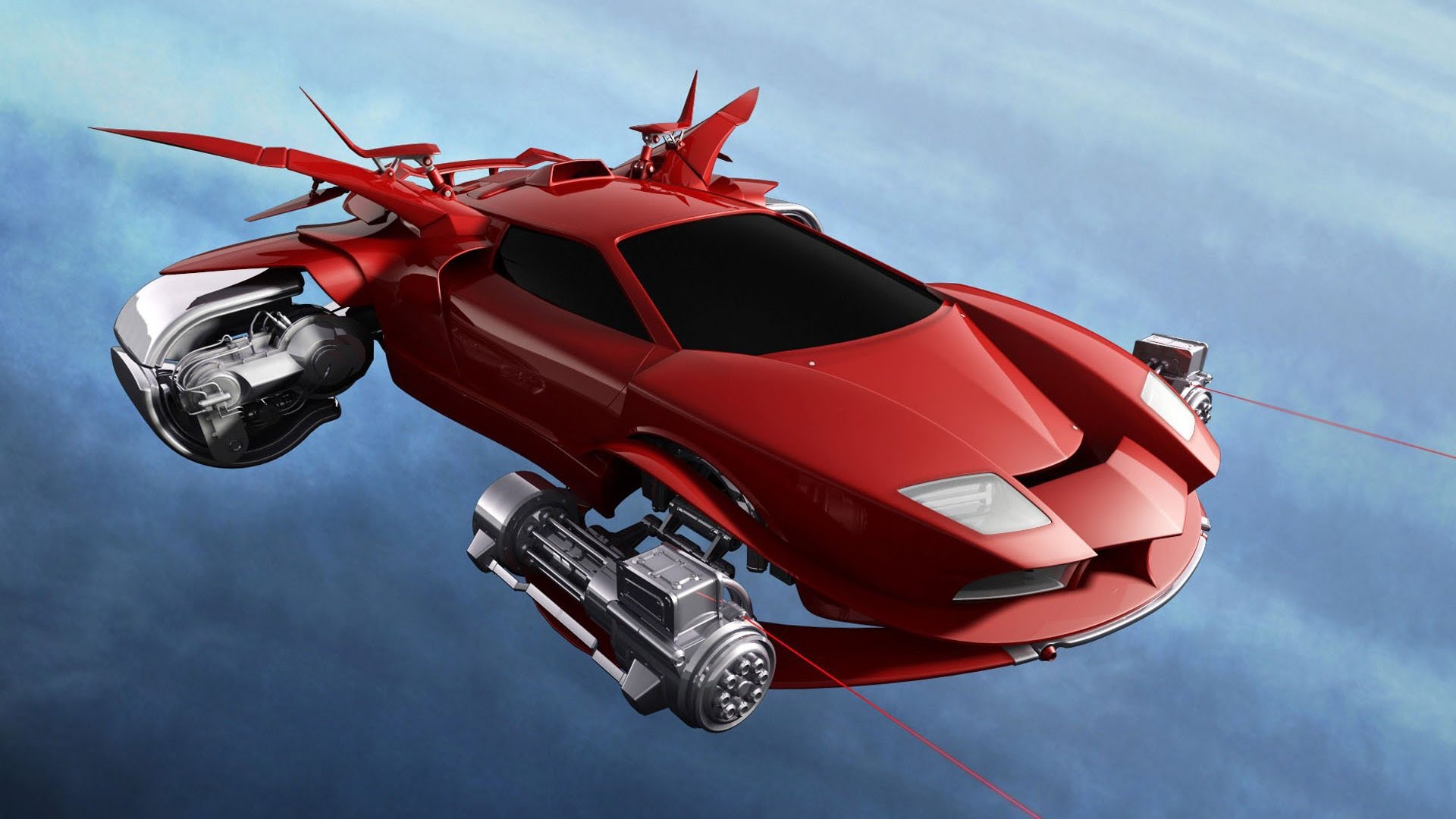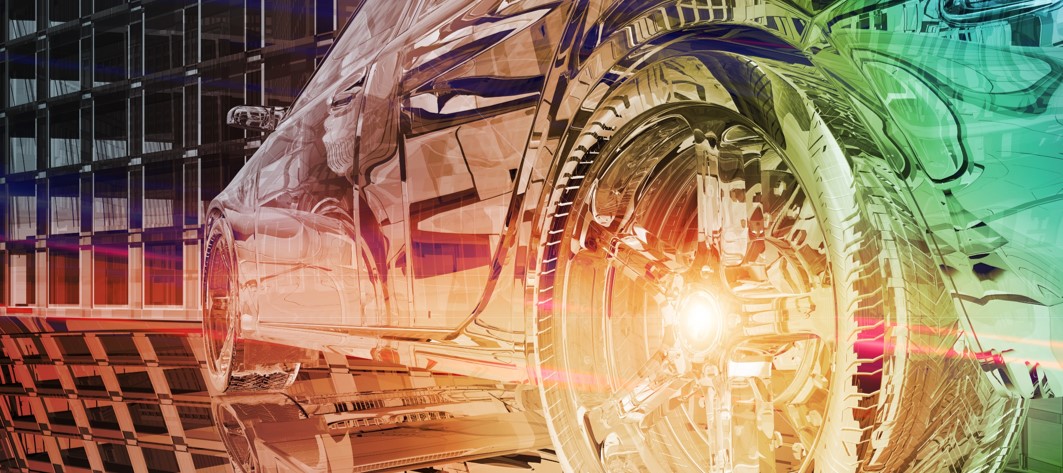Henry Ford’s Model T is not famous for being the first car; in fact, there were several automobiles built in the decades before his.
But the Model T is famous for being the car that ushered in a new era, not just of transportation – but of life.

Now, more than a century after Ford began building the Model T, the car industry is again seeing great disruption, with the likes of driverless cars and the sharing economy setting the stage for another revolution with accompanying social and economic changes.
Until recently, most changes and developments in the automobile industry revolved around improved safety and increased fuel efficiency, including the attempts in recent years to mass-market electric and solar-powered cars, which have mainly resulted in hybrid models that still use some gasoline, including new versions of Honda’s Civic and Accord. But aside from that, cars have basically remained the same despite the dreams about flying vehicles (think Back to the Future). And if you are not one of the 809 people out of every 1,000 who own cars in the United States, your choices, until now, have pretty much consisted of taking mass transit, hiring a taxi or renting a vehicle.

Not only has this spurred a rush of innovation in the automotive sector itself, but has given rise to developments elsewhere, including in the cybersecurity sector as the risks and dangers of hacking autonomous cars become more clear. Set to be worth more than $155 billion by 2019, the automotive cybersecurity market is seeing rapid growth, with startups like Argus Cyber Security, which uses networking practices to prevent attacks on driverless cars, embedding such systems at the time of vehicle manufacturing and making them available aftermarket as well.
The application of the sharing economy to the world of cars is also having far-reaching consequences. Data indicate that people globally are less interested in driving and owning cars, and are increasingly turning to apps like Uber, which allows users to catch rides with other drivers, and solutions like ZipCar and Zoomcar, which make it easy to rent cars for short journeys via mobile payment and multiple pick-up and drop-off points. In fact, in what may become the ultimate disruption, the concept of driverless cars is being applied to the sharing economy, with Uber’s CEO Travis Kalanick saying that the company expected to be using self-driving cars in the next few years, lowering prices for consumers, who would no longer be paying drivers for their time; but only for the cost of the ride itself.

While consumers may feel excited or, perhaps, a bit daunted, by these changes, the automobile industry itself is working rapidly to adjust to the new scenarios. Companies like Honda have opened research and development labs in Silicon Valley dedicated to developing tomorrow’s cars. Like those last few years before Ford built his model T, when various inventors were experimenting with steam-powered cars, transportation, and life itself, is once again on the verge of a revolution.
——————————-
Stay tuned for more information on future automobile technologies and investment opportunities at OurCrowd’s 2016 Global Investor Summit in Jerusalem next week (January 25-26)!









